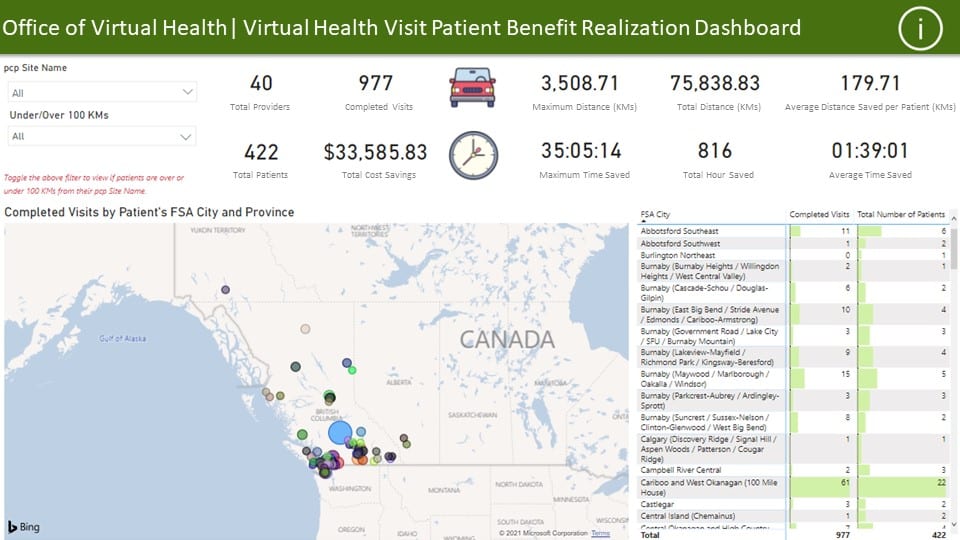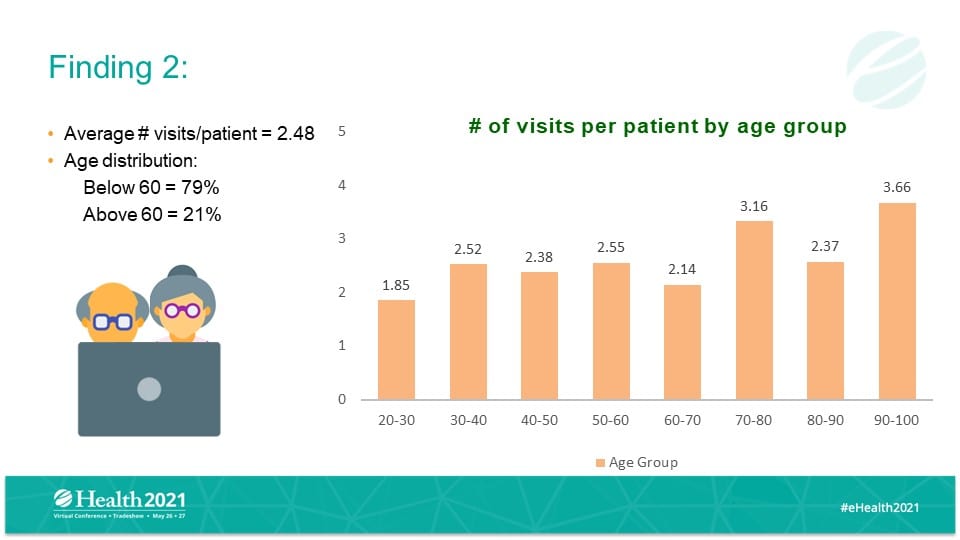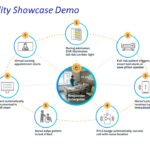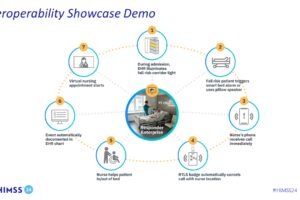Healthcare organizations in the province of British Columbia rapidly rolled-out telehealth technologies during the pandemic, just like many others did. The Provincial Health Services Authority (PHSA) took the unusual step of implementing a patient benefit dashboard to track the impact of telehealth on patients across the province. Their dashboard made it crystal clear how valuable telehealth is for reducing costs and improving access.
ROI Before but Rarely After
A lot of time is spent analyzing the ROI of technology solutions in healthcare before deciding to purchase. Once the solution is implemented, however, the impact is rarely measured unless something goes terribly wrong. The ROI spreadsheets that were carefully constructed prior to the sales are often abandoned and the benefits become anecdotes from staff and patients.
PHSA has a unique role in British Columbia’s (BC’s) health system. Their mandate is to ensure that residents have access to a coordinated provincial network of high-quality specialized healthcare services which include:
- BC Autism Assessment Network
- BC Cancer
- BC Centre for Disease Control
- BC Early Hearing Program
- BC Transplant
- BC Women’s Hospital + Healthcare
- Indigenous Health
- Post COVID-19 Recovery Clinics
…and a dozen more programs that span the province.
When the province began implementing telehealth services, PHSA wanted to measure and capture actual benefits rather than have only anecdotal evidence to prove the value of telehealth. To achieve this, they created a Patient Benefit Dashboard.
Patient Benefit Dashboard
Healthcare IT Today had the chance to sit down with the PHSA team that built the dashboard and analyzes the metrics it captures:
- Julie Wei, Senior Leader, Office of Virtual Health
- Ying Jiang, Senior Leader, Office of Virtual Health
The Office of Virtual Health supports clinical programs under PHSA, helping the organization integrate virtual health technologies into their day-to-day delivery of care. As you might imagine, this office has been particularly busy over the past 12 months.
Prior to the pandemic, the Office of Virtual Health worked with 15 clinical programs on a project to test virtual visits across a variety of services including: mental health counseling, pre/post-surgical assessments, follow-up appointments and more. As part of that project, the Office wanted a way to quantify the benefits to patients – like savings in travel time and travel costs.
Intrinsically everyone expected patients to benefit, but the Office wanted to prove this in an evidenced-based way.
The PHSA team used Microsoft’s Power BI to build dashboards to help them collect and visualize the data. The simple, one-page dashboard displays high-level data including number of patients, number of providers, number of completed visits, etc. It also captures data like max distance traveled and travel hours saved.
“We worked very closely with our decision support team to create the dashboard,” explained Wei. One of the design goals was to hide the complex calculations behind easy-to-understand graphs, charts and other visualizations.
The dashboard even makes use of maps to show where patients were being seen via virtual visits. The maps made it easy for leaders to see how spread out their patient population truly was. “This was way more interesting than looking at long lists of patients with thousands of rows, sorted by postal code,” said Jiang. “Now we can slice and dice the information from different angles to generate insights and findings. We can identify problem areas based on basic demographic features.”

Surprising Insights
One of the surprising results that the dashboard revealed was the uptake of telehealth by older patients.
“We know that for some older patients, it can be hard to use the technology,” said Jiang. “They might not know what button to push. Or for those who live in rural areas, we know connectivity can be an issue.”
For example, the team observed that a lot of older patients did not realize that they were muted when they join a virtual visit. Local healthcare providers solved this problem by having staff conduct “dry runs” with patients new to virtual care so that they could walk them through the technology.

“It is very important for our programs to have a health equity mindset,” continued Jiang. “We try to make sure the services provided are accessible to all populations.”
The dashboard also proved to be a motivational tool. By allowing stakeholders to visually see the tangible impact virtual health was having on patients, it helped convince clinicians to use it more and stick with it.
The dashboard is also helping to sustain funding for telehealth – as cost savings to patients is now clearly apparent. With just a few clicks, leaders are able to see how much money and time patients are saving not having to travel to appointments (hundreds of kilometers in some cases).
Future Expansion
The PHSA team hopes to incorporate the environmental impact of virtual visits into their dashboard. There is a genuine reduction in carbon dioxide and greenhouse gas emissions from not having patients travel to appointments.
Honestly this is an aspect of telehealth that does not get a lot of attention, but maybe that will change as organizations like PHSA begin to quantify it.
It is very impressive what the PHSA team has been able to do, especially during a time when they have not been able to be physically together to collaborate. “As our leadership always says, if you want to go fast, go alone. If you want to go far, go together.”
Watch the video to hear more about:
- How the team built out the data collection tools, complete with maps and visualizations
- Just how far away patients have visited virtually (can you guess how far?)
- The team’s advice for building out informative tools and dashboards
- How rapidly virtual health visits increased during the pandemic, and how the team was able to handle it
For more information, visit www.phsa.ca/
The PHSA team will be presenting their work at the upcoming e-health Conference.
Listen and subscribe to the Healthcare IT Today Interviews Podcast to hear all the latest insights from experts in healthcare IT.
And for an exclusive look at our top stories, subscribe to our newsletter.
Tell us what you think. Contact us here or on Twitter at @hcitoday. And if you’re interested in advertising with us, check out our various advertising packages and request our media Kit.













